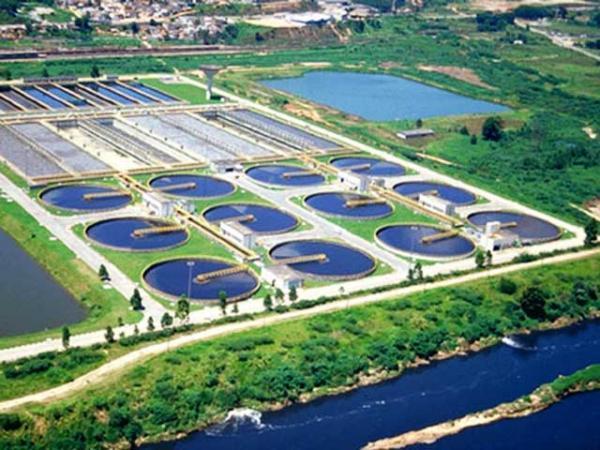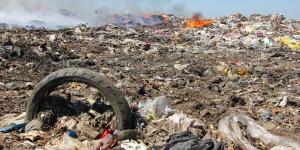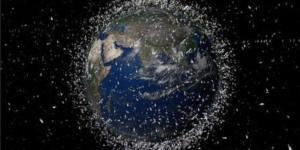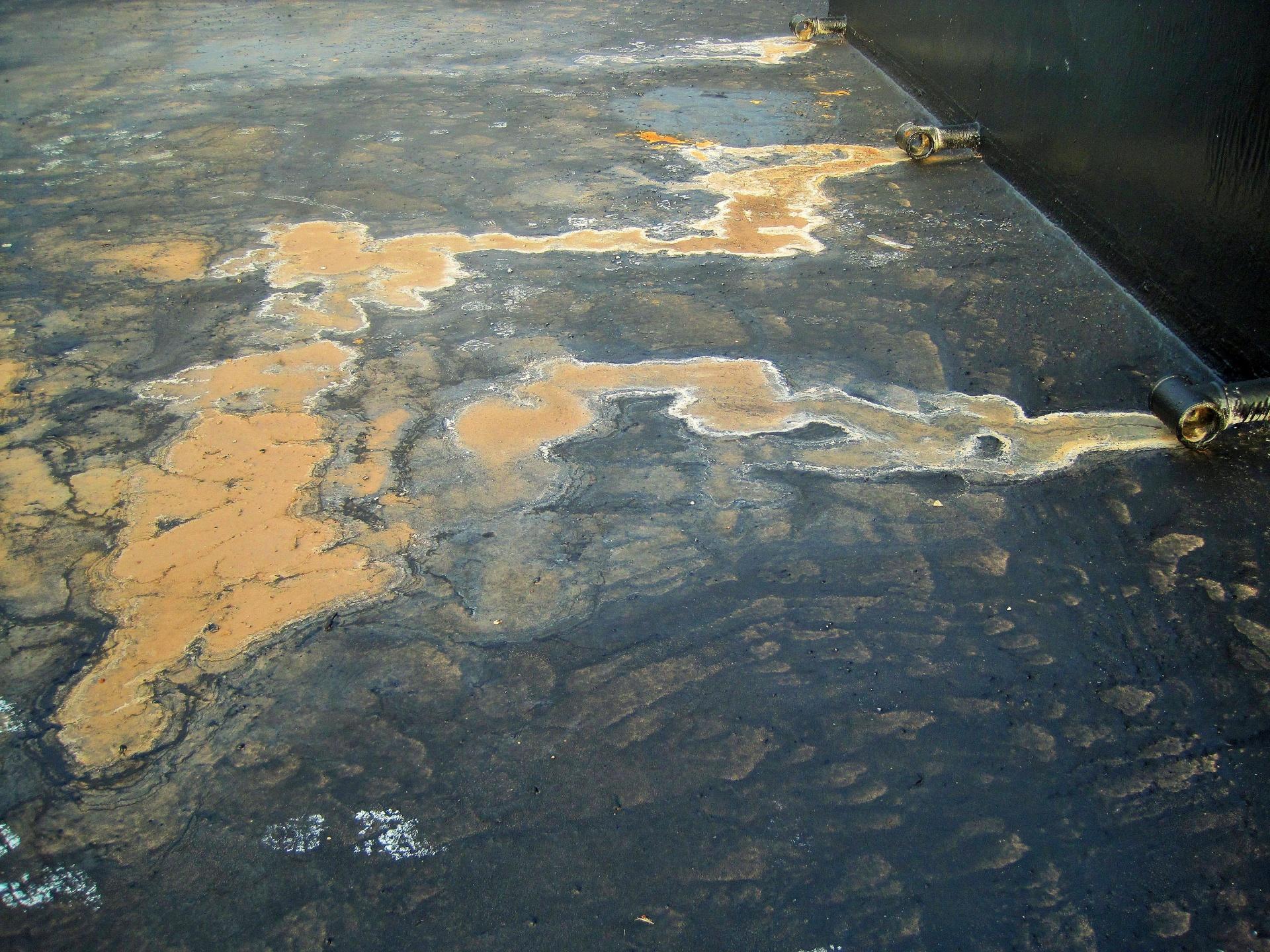How Is Industrial Waste Water Treated?


Industrial wastewater, a byproduct of various manufacturing processes, poses a significant threat to our environment if not properly treated. Containing harmful pollutants such as chemicals, heavy metals, and other toxic substances, this wastewater is generated by a wide range of industries, from factories to power plants. Effective industrial wastewater treatment is essential for safeguarding our ecosystems and conserving water resources. By removing contaminants before releasing the water back into natural systems, we can prevent pollution and protect public health.
In this article by thedailyECO, we’ll explore the various methods used to treat industrial wastewater, the technologies involved, and the importance of effective treatment practices for a sustainable future.
What are industrial discharges?
Industrial discharges refer to the release of wastewater or other pollutants from various industrial activities into the environment.
These pollutants can originate from a range of sources, each contributing to environmental degradation if not properly managed. There are three primary types of discharges:
- Agricultural or livestock discharges: these include pollutants from farms, such as fertilizers, pesticides, and animal waste.
- Urban discharges: these stem from urban areas, including wastewater from homes, businesses, and stormwater runoff.
- Industrial discharges: these originate from industrial facilities and often contain hazardous substances, making them the most dangerous and polluting type of discharge.
The impact of industrial discharges on the environment is profound. Untreated wastewater can lead to the contamination of vital water sources, endangering both terrestrial and aquatic wildlife. The pollutants not only affect ecosystems but can also pose significant risks to human health, especially when toxins seep into drinking water supplies or contaminate agricultural lands.
For a broader understanding of the subject, check out our discussion on the various forms of waste produced by industrial processes.

What are the categories of water discharge?
Water discharges are generally classified into two main categories:
Direct discharges:
These occur when pollutants are released directly into bodies of water within the public hydraulic domain. This includes natural surface waters like rivers, lakes, and coastal areas, as well as groundwater sources.
In these cases, contaminants enter the water system without any intermediary, posing an immediate risk to ecosystems and water quality.
Indirect discharges:
These happen when pollutants reach water bodies through intermediary channels such as ditches, canals, or through wastewater collection systems. Indirect discharges also include pollutants that filter through soil and eventually contaminate groundwater. While not as immediate as direct discharges, indirect discharges can still significantly impact water quality over time.
Special Considerations:
In some cases, discharges may not fit neatly into direct or indirect categories:
- Irrigation canals: these are often considered part of the public water system, meaning pollutants entering these canals can have a direct impact on water quality.
- Gullies and runoff: water flowing into gullies may eventually reach water bodies or seep into the ground, affecting either surface water or groundwater. These pathways show how pollutants can take different routes to reach sensitive water sources.
- Surface waters: runoff or discharges into surface waters can have significant environmental impacts, whether they reach their destination directly or through intermediary systems.
It's important to note that the classification and regulation of discharges can vary depending on regional laws and environmental standards. Local regulations determine whether a discharge is categorized as direct or indirect, and what treatment measures must be taken to mitigate environmental impact.

Types of industrial wastewater
Industrial water waste can be classified into several types, based on the nature of the waste, its source, and its environmental impact. Each type of waste presents unique challenges for treatment and disposal.
Here’s an overview of the main types of industrial water waste:
Chemical wastewater
Chemical wastewater is one of the most common types of industrial waste, often generated by manufacturing, pharmaceutical, and chemical processing industries. This type of wastewater contains harmful chemicals such as acids, alkalis, solvents, heavy metals (like mercury, lead, and cadmium), and toxic organic compounds.
These chemical contaminants can be highly toxic to aquatic life, disrupt ecosystems, and pose serious risks to human health when they enter water supplies.
Thermal wastewater
Thermal wastewater occurs when industries discharge water that has been used for cooling processes at elevated temperatures into nearby water bodies. This is particularly common in power generation plants and manufacturing facilities that use water as a cooling agent.
The main environmental impactis that warm water can lower oxygen levels, making it hard for fish and other aquatic life to survive.
Organic wastewater
Organic wastewater is rich in biodegradable materials, typically generated by industries that process organic matter, such as food and beverage manufacturing.
This type of wastewater contains high levels of fats, oils, greases (FOG), proteins, sugars, starches, and other organic compounds. The main problem is that this organic waste can use up oxygen in water, which leads to the death of fish and other aquatic life.
Heavy metal wastewater
Heavy metal wastewater contains toxic metals such as lead, mercury, cadmium, chromium, and arsenic. These metals are non-biodegradable and can accumulate in the environment over time. Not to mention that these are highly toxic to humans and wildlife, accumulating in the food chain and causing long-term health and environmental hazards.
Common source industries include mining, metal plating, electronics manufacturing, and battery production.
Radioactive wastewater
Radioactive wastewater is generated by industries that use radioactive materials, such as nuclear power plants and certain medical and research facilities. This wastewater contains radioactive isotopes that are hazardous to both health and the environment.Furthermore, radioactive contaminants can remain hazardous for thousands of years, causing genetic mutations, cancer, and other severe health conditions in humans and wildlife.
Oil and grease wastewater
This type of wastewater contains oils, greases, and other hydrocarbons, typically from industries involved in petroleum refining, mechanical workshops, and food processing. Oil and grease can create oil films on the surface of water bodies, preventing oxygen exchange and harming aquatic organisms. Furthermore, oil spills are a major environmental disaster in marine ecosystems.
Pathogen-laden wastewater
Pathogen-laden wastewater contains harmful microorganisms, such as bacteria, viruses, and parasites, often originating from industries that handle biological waste or from improperly treated sewage. These pathogens in water can cause serious diseases in humans and animals, such as cholera, dysentery, and hepatitis.
Saline or brine wastewater
Saline wastewater is rich in salts and is commonly generated by industries involved in desalination, chemical manufacturing, and oil drilling. It contains high concentrations of sodium chloride and other salts.
High salinity in water can disrupt the balance of freshwater ecosystems, harming aquatic organisms and damaging soil structure in agricultural areas.
Each type of industrial water waste requires specific treatment methods to minimize its environmental and health impacts. Proper wastewater management and compliance with environmental regulations are essential to reduce the harmful effects of these discharges.
If you're concerned about water quality, you won't want to miss our insights on how to keep microplastics out of your water.
What are the techniques for industrial water treatment?
Industrial water treatment involves a series of techniques aimed at removing contaminants from wastewater produced by industrial processes before it is discharged into the environment.
As mentioned in the previous section, these techniques vary based on the type of pollutants present, the nature of the wastewater, and regulatory requirements. However, the main techniques used for industrial water treatment are:
Pretreatment:
Pretreatment is the initial stage and focuses on preparing the wastewater for further treatment by removing large or easily separable contaminants. Common pretreatment methods include:
- Screening: physically removes large solids, debris, or objects that could clog or damage downstream equipment.
- Degreasing: used to remove oils, fats, and hydrocarbons from wastewater, often through skimming them off the top.
- Homogenization: mixing the wastewater to make sure pollutants are evenly distributed.
- Grit removal: extracts sand, grit, or other heavy particles that settle out of the wastewater.
Primary treatment
In primary treatment, physical and chemical methods are used to remove suspended solids and other larger contaminants. Key techniques include:
- Sedimentation: allows suspended solids to settle at the bottom of a treatment tank, which are then removed.
- Coagulation and flocculation: chemicals are added to wastewater to bind small particles together into larger clumps (flocs), which can be more easily removed.
- Precipitation: removes metals and toxic salts by adding agents that cause them to form insoluble compounds that can be filtered or settled out.
- Separation: involves skimming or flotation to separate and remove oils and fats from the water.
Secondary treatment
Secondary treatment is primarily biological and is used to break down organic matter in wastewater. This stage is critical for wastewater that contains high levels of biodegradable substances, such as food processing waste. Techniques include:
- Activated sludge: uses aeration to promote bacterial growth that decomposes organic material. The bacteria consume waste particles, converting them into more manageable forms.
- Biofilters: fixed-film systems where bacteria grow on media like rocks or plastic, breaking down organic matter as the wastewater passes over them.
- Aerated Lagoons: natural or artificial ponds that are aerated to support the biological degradation of pollutants.

Tertiary treatment
Tertiary treatment is an advanced stage focused on removing non-biodegradable or complex pollutants that secondary treatment cannot handle. The techniques include:
- Membrane Filtration: uses special filters to separate out tiny particles and contaminants.
- Activated Carbon Adsorption: uses carbon to trap and remove organic pollutants from the water.
- Ion Exchange: removes specific harmful ions (like heavy metals) and replacing them with safer ones.
- Chemical Oxidation: adds chemicals to break down harmful compounds into less dangerous forms.
Disinfection
Before treated wastewater is released into the environment or reused, disinfection is often necessary to eliminate harmful pathogens. Common disinfection methods include:
- Chlorination: adding chlorine to destroy bacteria and viruses.
- UV Radiation: using ultraviolet light to inactivate microorganisms.
- Ozonation: injecting ozone to kill or neutralize pathogens.
For a closer look at how environmental factors affect our water supply, check out our insights on the salinization of aquifers.
If you want to read similar articles to How Is Industrial Waste Water Treated?, we recommend you visit our Pollution category.








